Blazing summers, short winters and 15 years of erosion in a day
The changing weather is having an impact on everything from hibernating dormice to caterpillars and calves.
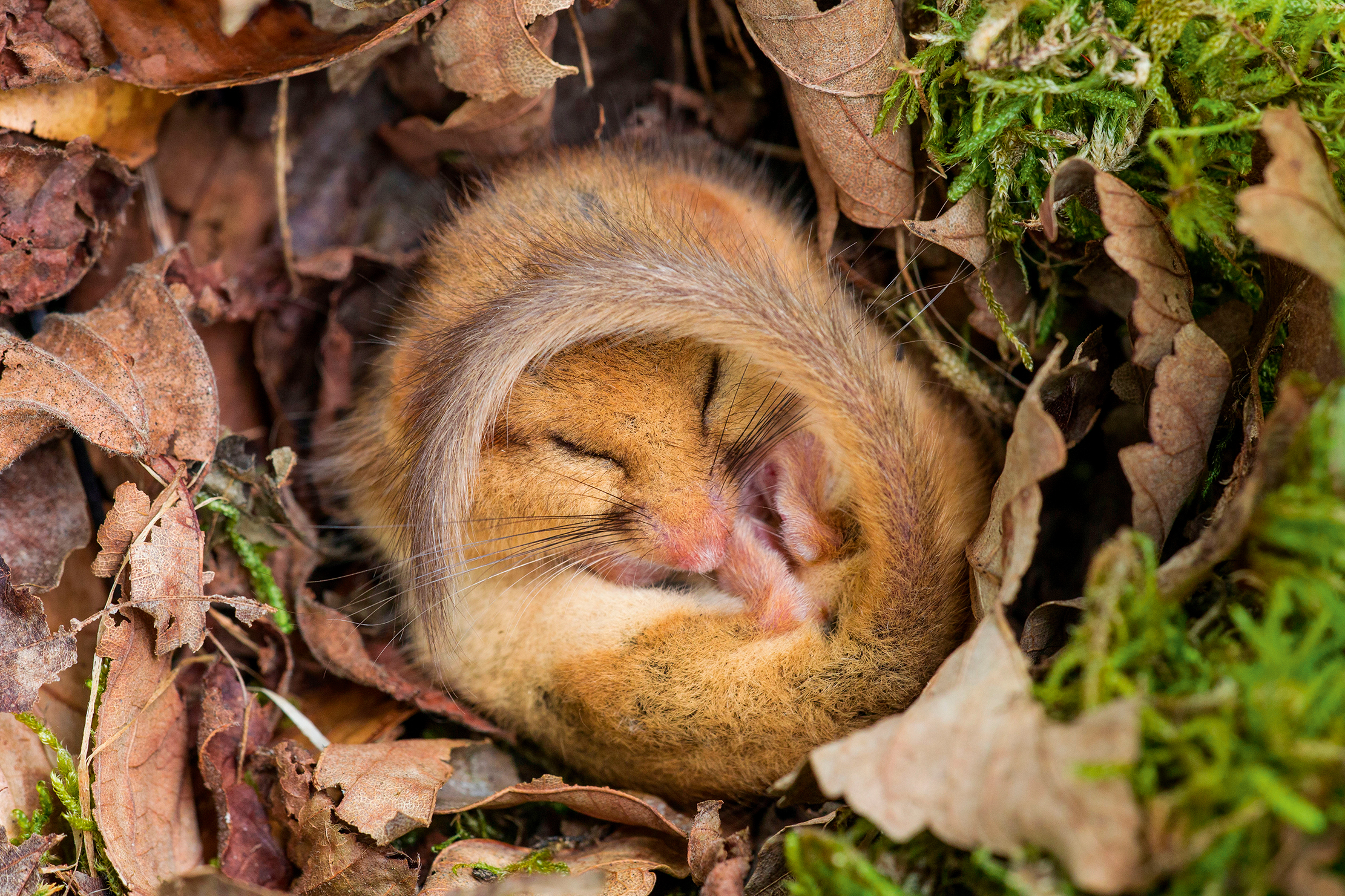

It may only just have been the second warmest year on record (with the mean UK temperature a mere 0.06˚C cooler than 2022 at 9.97˚C), but 2023 was another indicator of an alarming trend — climate change is ‘starting to bite’. According to the Met Office, the five warmest years in the UK since 1884 include 2020, 2022 and 2023, and the 10 warmest years have all occurred since 2003. This year is set to be warmer still and, without predictable weather patterns and proper seasons, the impact on wildlife is increasingly negative, with a higher likelihood of pests and diseases, and chaos for animals, trees and plants.
In this election year, the National Trust is calling for politicians to make this a top priority. ‘We want to see parties commit to accelerating progress on Nature restoration, increase support for Nature-based solutions to climate change and to put climate adaptation at the heart of their manifestos,’ says the Trust’s head of nature and restoration ecology Ben McCarthy.
In 2023, during our warmest-ever June, the River Derwent in the notoriously wet Borrowdale Valley in the Lake District dried out for the third consecutive year. We also had the hottest July globally and a warm and wet autumn followed by a handful of seriously damaging storms; Storm Ciaran saw one area of Dorset coast cared for by the Trust suffer up to 15 years’ worth of erosion in only one day.
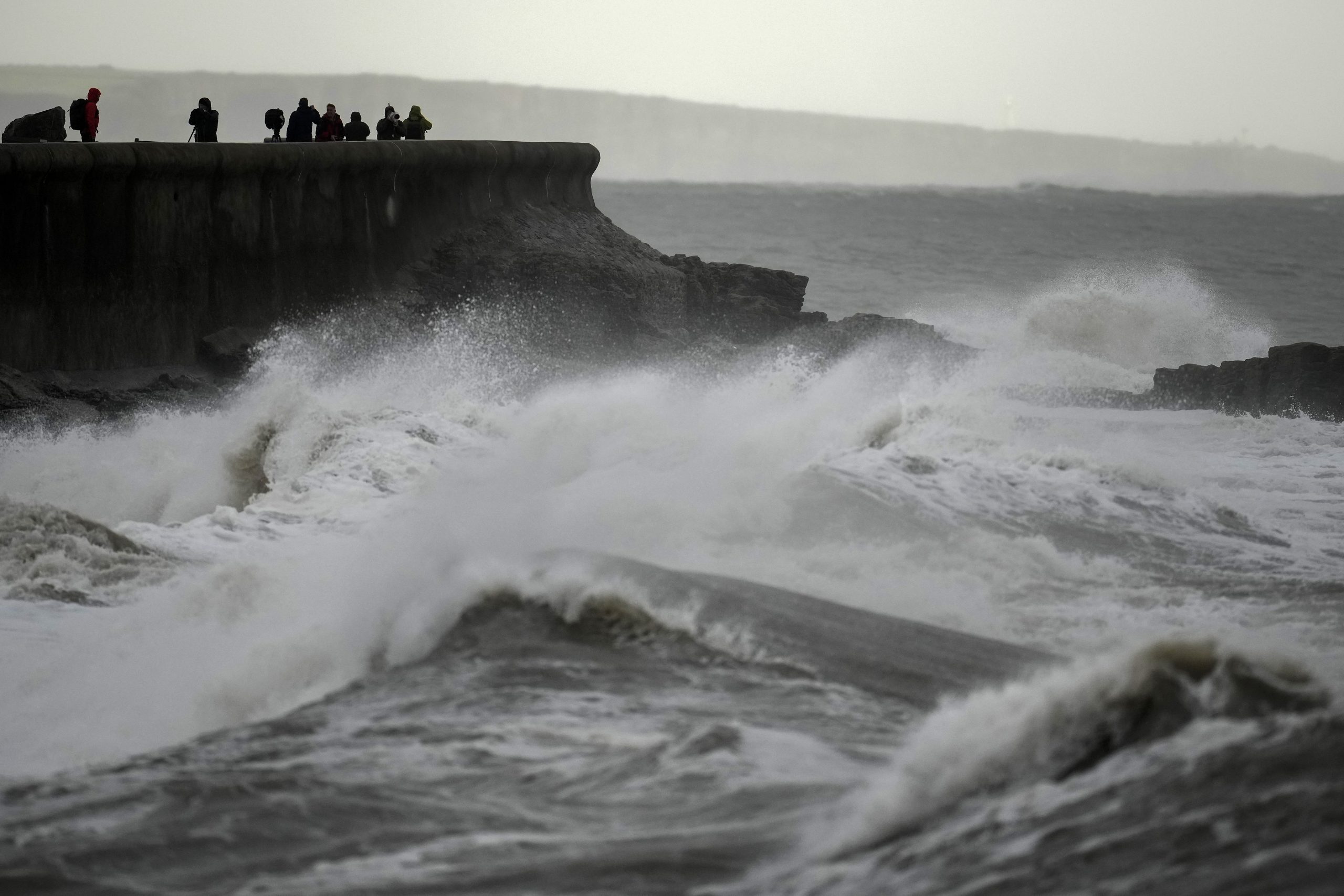
‘Shorter winters… could have particularly devastating impacts for trees — with cold snaps just not long enough to kill off diseases such as oak processionary moth, whose caterpillars infest oak trees, leaving them vulnerable to other threats,’ continues Mr McCarthy.
‘Warmer winters could also impact our heathlands, allowing the heather beetle to take hold, killing off huge swathes of heather. It impacts hibernators such as dormice, which may emerge from torpor (hibernation) early, using up vital energy stores, and red deer may leave rutting to later, meaning calves are born in the summer rather than the spring, with insufficient time to grow and put on fat reserves to survive cold snaps. It’s these baseline changes that we’re seeing that are really worrying.’
He concludes: ‘The incremental shifts we’re experiencing… may not feel like much in a 12-month period, but over a decade the changes are extremely significant. It demonstrates how vitally important it is to continually assess local conditions to ensure that we have the right conservation plans in place to help Nature adapt.’
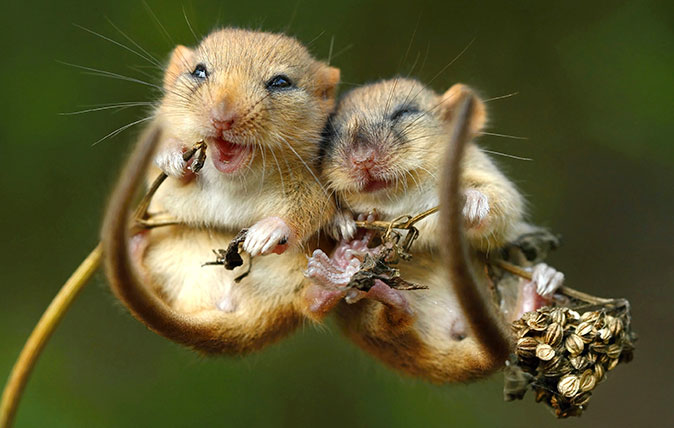
Credit: Caters
Sign up for the Country Life Newsletter
Exquisite houses, the beauty of Nature, and how to get the most from your life, straight to your inbox.
Dormice: Britain’s sleepiest, and most charming little creatures
David Profumo takes a look at the lovely little dormouse – a delightful little creature which spends 75 per cent
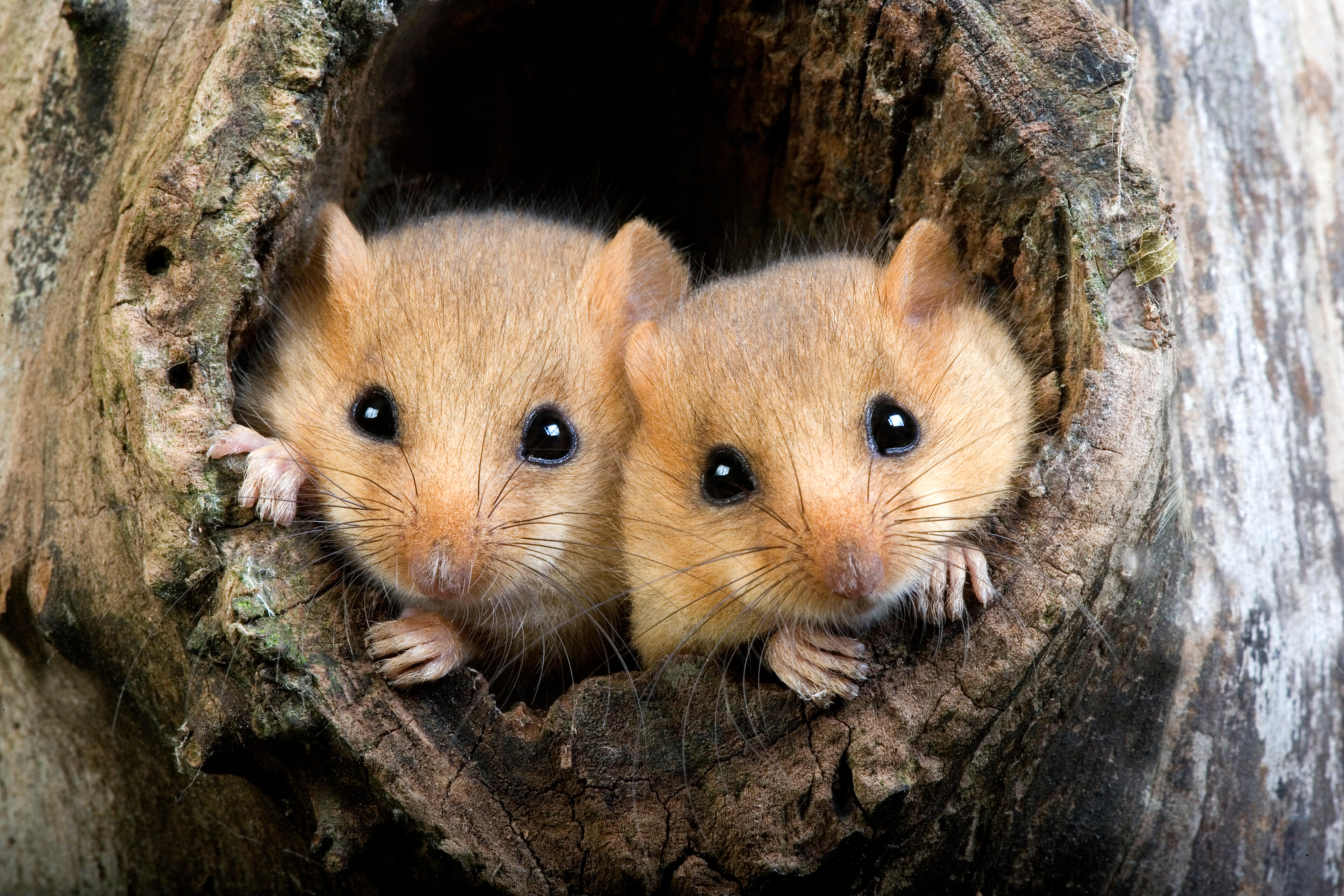
Hazel dormice being introduced into a slice of Britain's ancient woodland: 'We hope this is the first of many'
Efforts to save Britain's hazel dormice are working — and now they're being reintroduced to the wild in Derbyshire.
Annunciata grew up in the wilds of Lancashire and now lives in Hampshire with a husband, two daughters and an awful pug called Parsley. She’s been floating round the Country Life office for more than a decade, her work winning the Property Magazine of the Year Award in 2022 (Property Press Awards). Before that, she had a two-year stint writing ‘all kinds of fiction’ for The Sunday Times Travel Magazine, worked in internal comms for Country Life’s publisher (which has had many names in recent years but was then called IPC Media), and spent another year researching for a historical biographer, whose then primary focus was Graham Greene and John Henry Newman and whose filing system was a collection of wardrobes and chests of drawers filled with torn scraps of paper. During this time, she regularly gave tours of 17th-century Milton Manor, Oxfordshire, which may or may not have been designed by Inigo Jones, and co-founded a literary, art and music festival, at which Johnny Flynn headlined. When not writing and editing for Country Life, Annunciata is also a director of TIN MAN ART, a contemporary art gallery founded in 2021 by her husband, James Elwes.
-
 'Monolithic, multi-layered and quite, quite magnificent. This was love at first bite': Tom Parker Bowles on his lifelong love affair with lasagne
'Monolithic, multi-layered and quite, quite magnificent. This was love at first bite': Tom Parker Bowles on his lifelong love affair with lasagneAn upwardly mobile spaghetti Bolognese, lasagne al forno, with oozing béchamel and layered meaty magnificence, is a bona fide comfort classic, declares Tom Parker Bowles.
By Tom Parker Bowles
-
 Country houses, cream teas and Baywatch: Country Life Quiz of the Day, April 24, 2025
Country houses, cream teas and Baywatch: Country Life Quiz of the Day, April 24, 2025Thursday's Quiz of the Day asks exactly how popular Baywatch became.
By Toby Keel
-
 Four of Britain's biggest Nature charities join the fight against 'Greenwashing'
Four of Britain's biggest Nature charities join the fight against 'Greenwashing'Four of the nation’s largest conservation charities have joined forces to encourage responsible private investment in Nature recovery and to combat ‘corporate greenwashing’. James Fisher reports.
By James Fisher
-
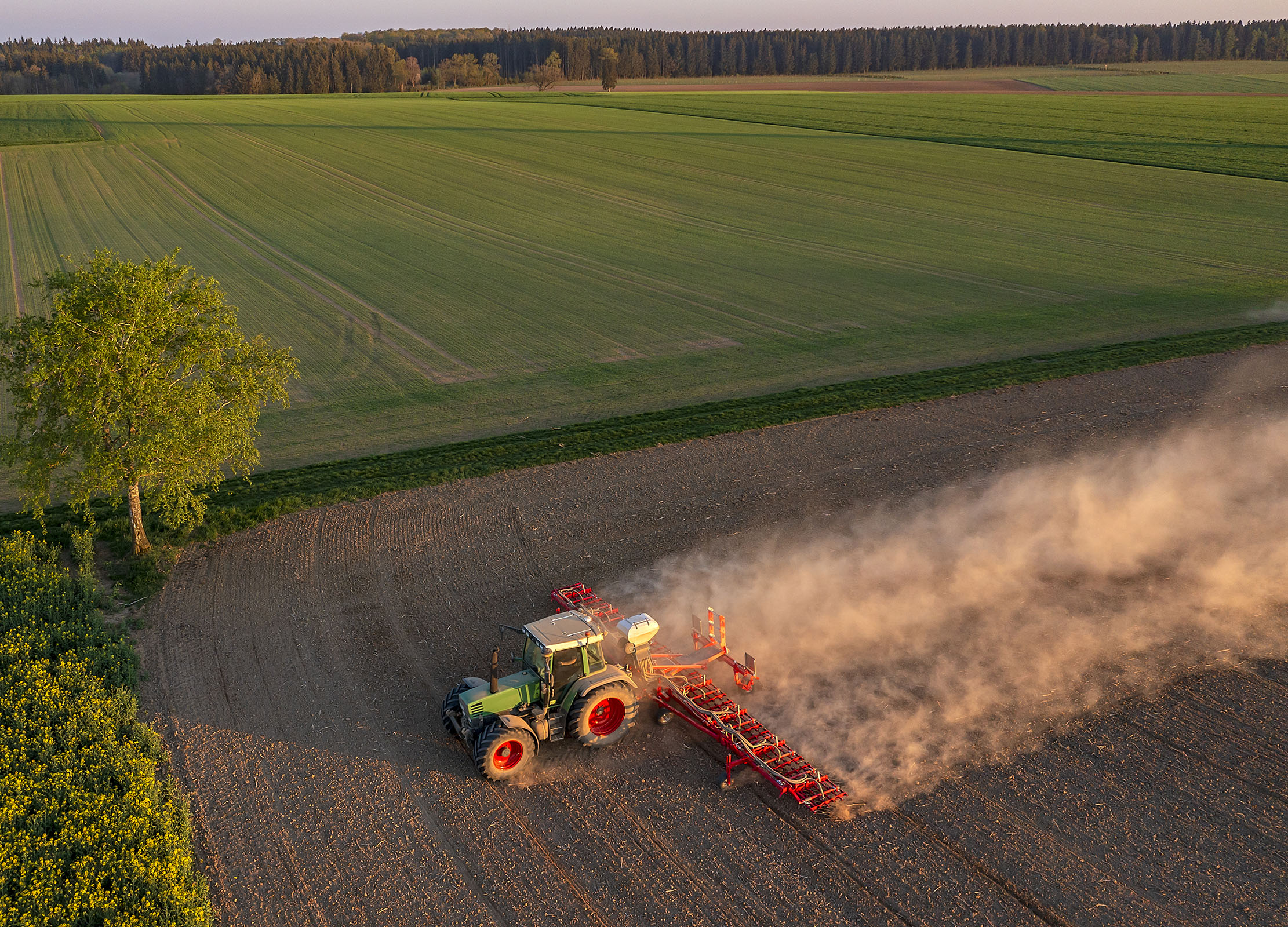 Green Farm Commitment makes farmers see red
Green Farm Commitment makes farmers see redA new ‘environmental module’ proposed by the farm-assurance scheme Red Tractor has drawn heavy criticism from farmers. James Fisher reports.
By Toby Keel
-
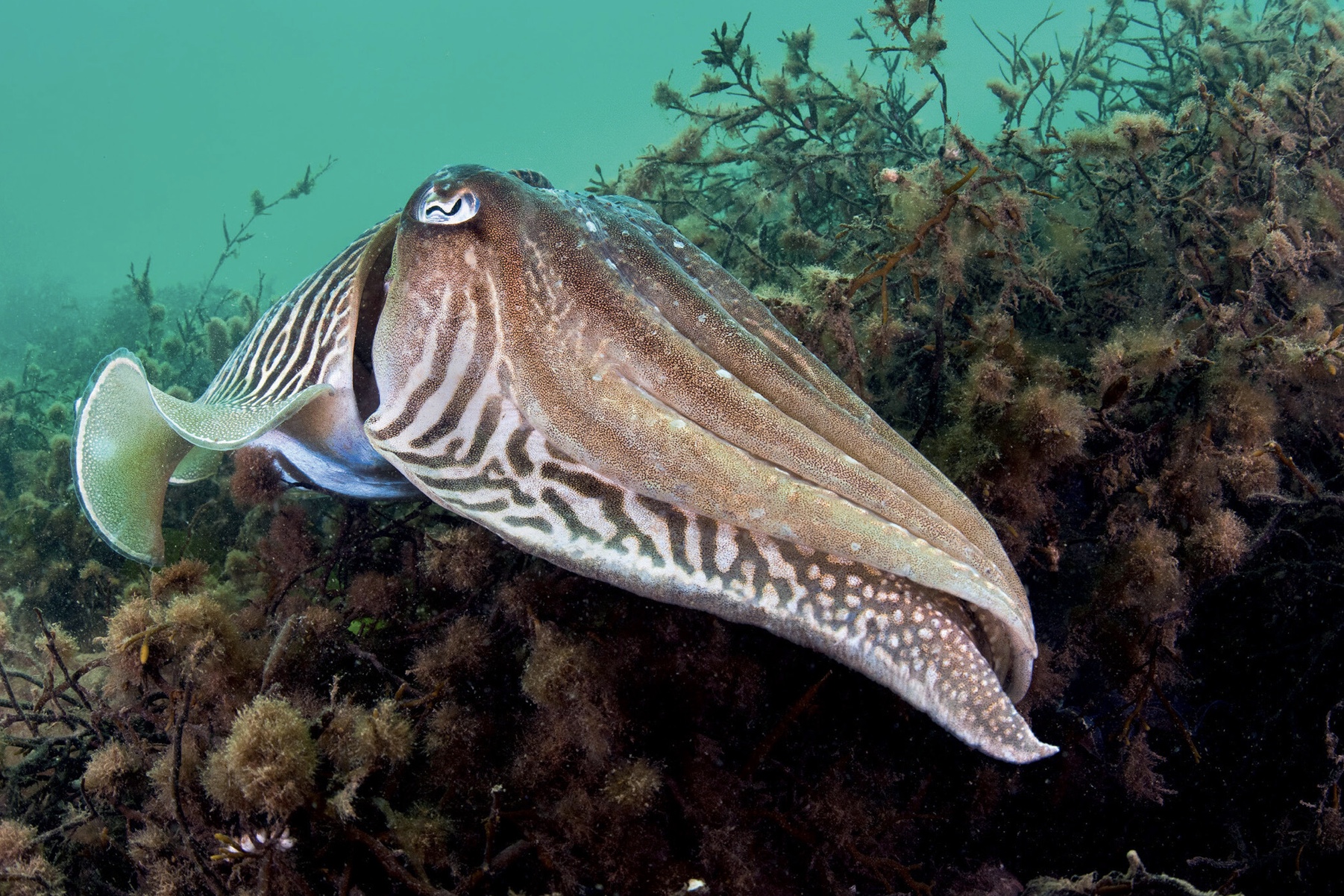 National Marine Week is so packed that they've had to make it two weeks long
National Marine Week is so packed that they've had to make it two weeks longNational Marine Week runs from July 22nd to August 6th, which begs three questions: what is happening, how you can join in, and why they call it a 'week' when it's a fortnight long. James Fisher reports.
By James Fisher
-
 How the Church of England joined the race to Net Zero
How the Church of England joined the race to Net ZeroJames Fisher reports on a very 21st century addition to one of Britain's great cathedrals.
By Toby Keel
-
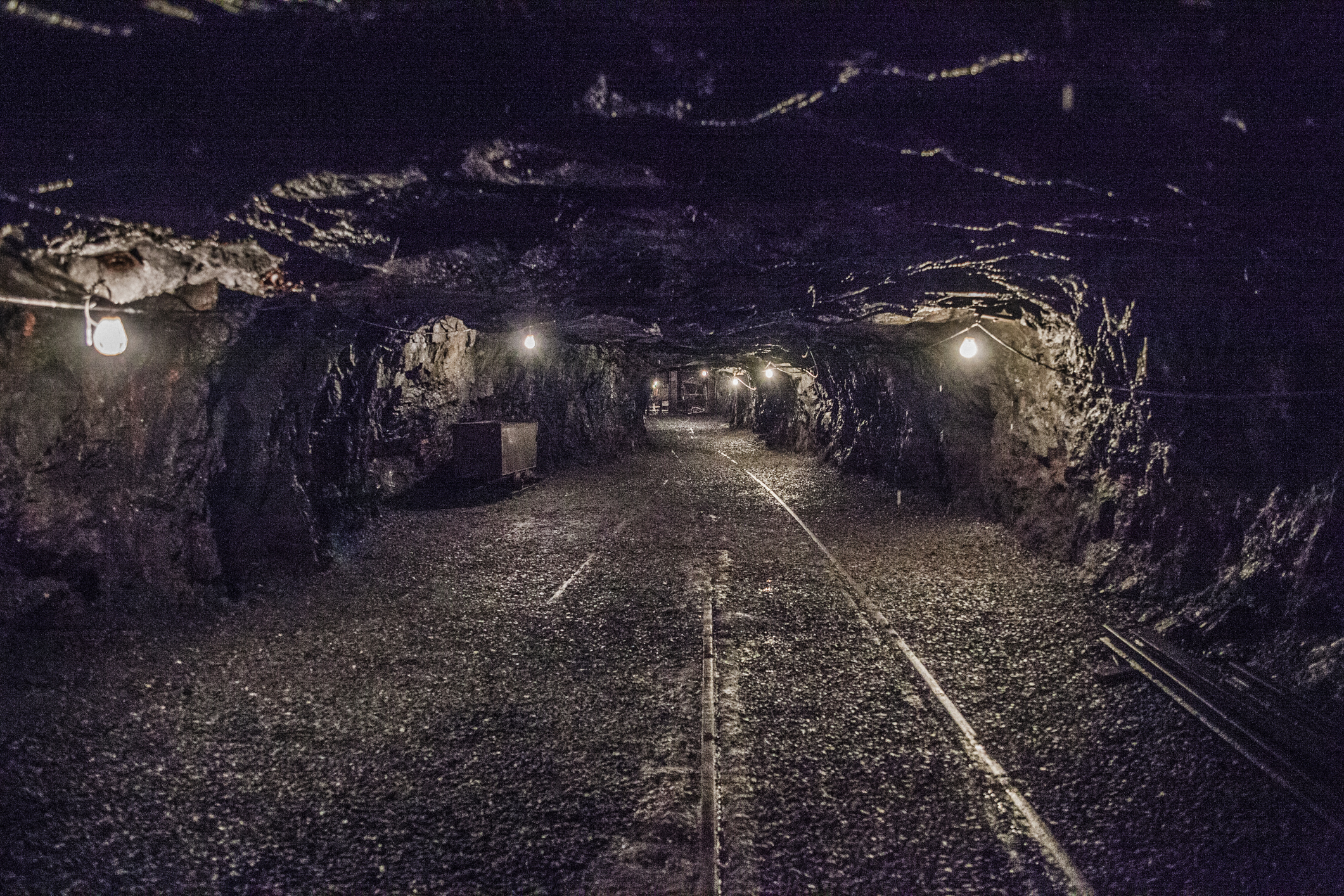 'An incomprehensible act of self-harm': The angry reaction to the new coal mine in Cumbria
'An incomprehensible act of self-harm': The angry reaction to the new coal mine in CumbriaThe government's decision to allow a new coal mine to be opened has sparked outrage from across the political and environmental spectrum, as James Fisher reports.
By James Fisher
-
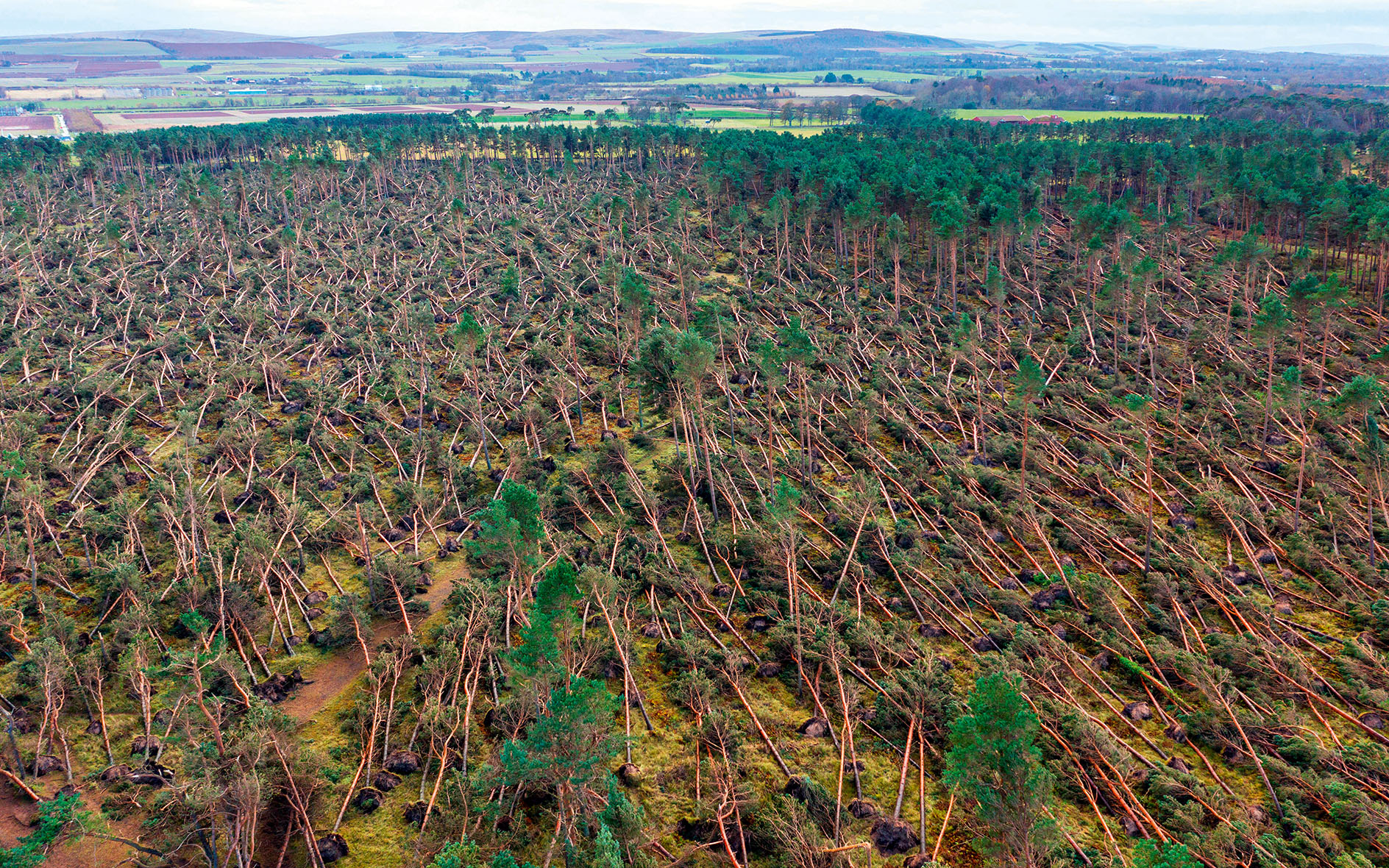 Climate change means we need new approach to tree planting or we'll keep losing them in storms, says chair of Forestry Commission
Climate change means we need new approach to tree planting or we'll keep losing them in storms, says chair of Forestry CommissionBritain needs to think again about its plans for tree planting, according to Forestry Commission data. Stuart Martel reports.
By Stuart Martel
-
 Curious Questions: What do all the different recycling symbols mean?
Curious Questions: What do all the different recycling symbols mean?Figuring out what recycling symbols tell us about can and can’t be recycled can feel as if you’re trying to decipher the Da Vinci code. Rosie Paterson decodes nine of the most frequently used symbols.
By Rosie Paterson
-
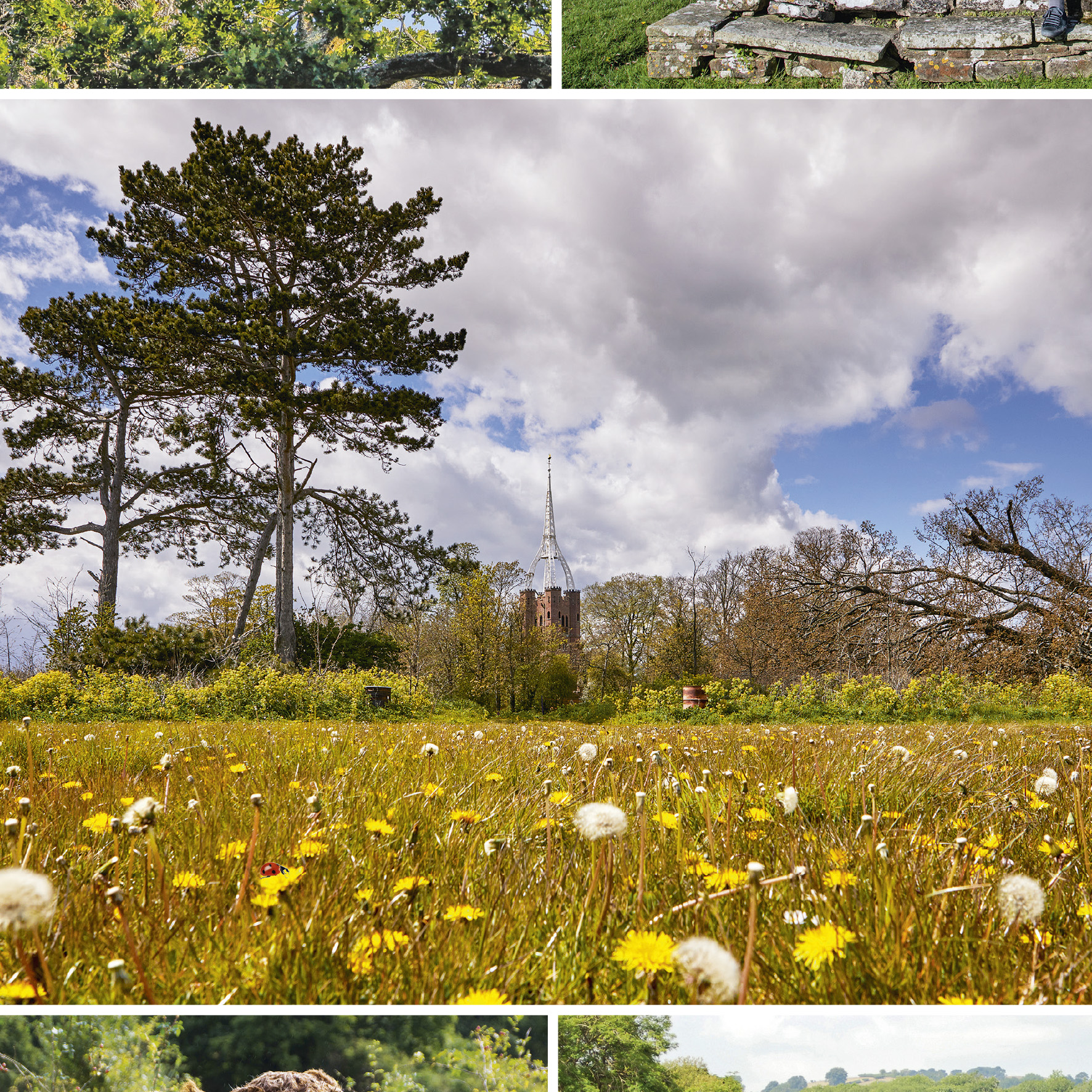 Where to find the 30 ladybirds hidden in this week's issue of Country Life magazine
Where to find the 30 ladybirds hidden in this week's issue of Country Life magazineEvery week in Country Life, we put a ladybird on the front cover. For the 19 May 2021 issue — our sustainability special — we've hidden 30 of them throughout the magazine.
By Toby Keel